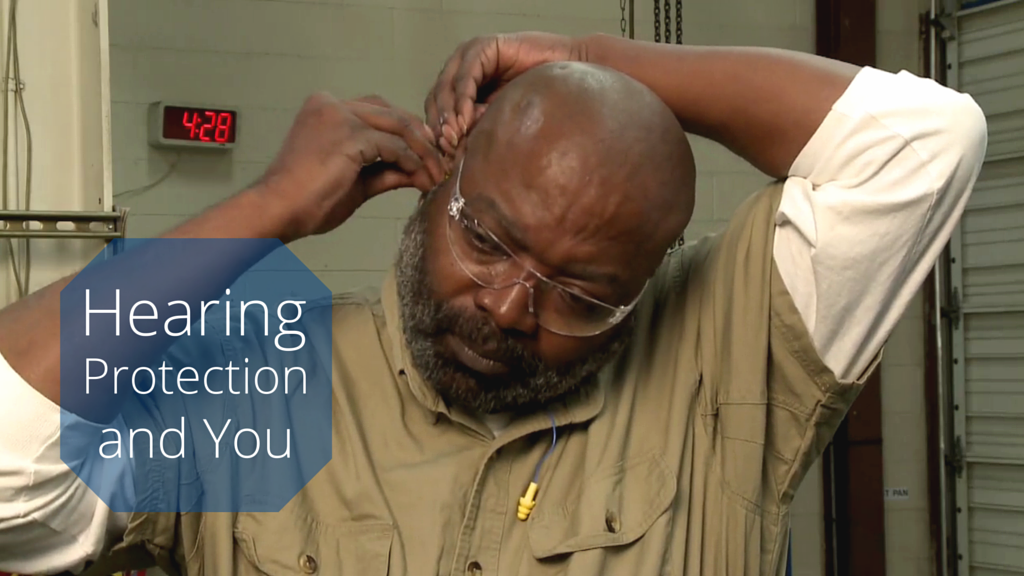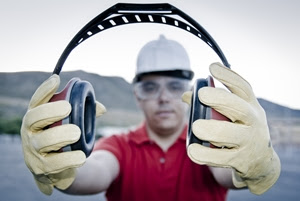Compliance and reducing the risk of hearing loss
Be sure your ears are protected when working in loud environments.
Noise-related hearing loss effects as many as 30 million workers a year, according to the Centers for Disease Control and Prevention (CDC). At least 4 million employees work in noise-damaging hearing conditions, and more than 10 million U.S. workers already suffer from noise-related hearing loss.Although many think of hearing loss as a sudden and traumatic experience, it is more likely to occur over time, without any real concern from employees. With continued exposure, hearing loss often begins to affect the frequencies necessary to understand speech.
- Exposure related to hearing loss cannot be corrected with time or surgery.
- Noise-related hearing loss has been listed as one of the most prevalent occupational health concerns in the U.S. for the past 25 years.
Short term exposure results in two different outcomes. These include temporary hearing loss in which the ears feel blocked and ringing of the ears, known as tinnitus. Although these may fade within a few minutes or even hours, repeated exposure can lead to permanent damage.
Loud noise can also create physical and psychological stress. Noise-induced hearing loss limits the ability to hear warning signals or changes, creating a dangerous work environment. Hearing loss reduces productivity, causing work processes to become longer and concentration more difficult.
What are some of the signs that your workplace may be too noisy?
- Experiencing temporary hearing loss after leaving
- Having to shout to be heard by a coworker an arm’s length away, or even closer
- Hearing ringing or humming in the ears after leaving for the day.
OSHA has set legal limits on workplace exposure to noise for employee safety. These limits are based on a worker’s time spent with noise during an eight-hour day. OSHA’s permissible exposure limit (PEL) is 90 dBa for all employees during an eight-hour day. Using the 5 dBa exchange rate, whenever the noise level is raised by 5 dBa the amount of time a person can remain exposed to it is lowered.
The National Institute for Occupational Safety and Health (NIOSH) recommends that all workers should be exposed to noise controlled below less than 85 dBa for eight hours to minimize hearing loss or damage.
How can employees protect themselves from hearing loss?
- Administrative controls: Employers are responsible for protecting their workers. By operating noise machinery during shifts when fewer workers are exposed, providing quiet areas where employees can gain relief from noise or controlling noise exposure through distance, a difference can be made.
- Engineering controls: A lot of the technology used in manufacturing and other processing environments is older, so modifying or replacing machinery can help. Applying an engineering noise control solution or providing ear protection is also highly recommended.
- Hearing protection devices: By wearing earmuffs or plugs employees are able to block out some of the noise.
An effective hearing conservation program should be implemented within any industry that employs workers in loud environments.
Source

